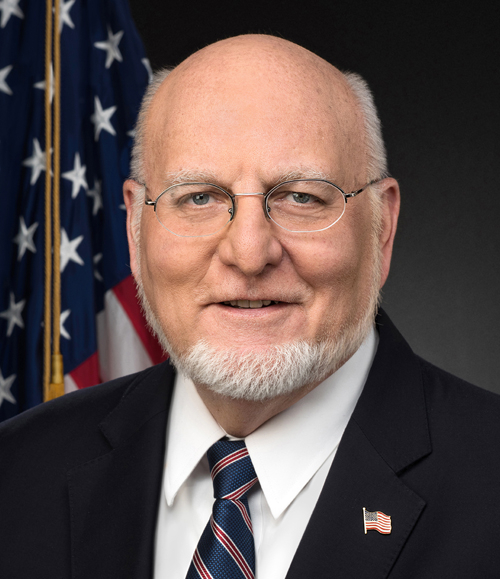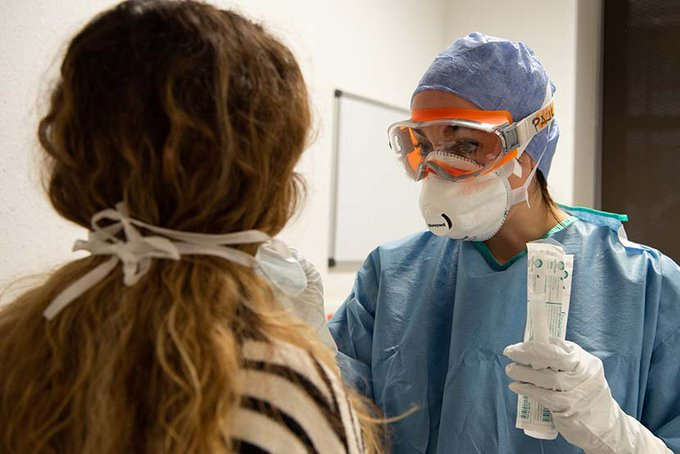While the novel Coronavirus outbreak paralysed the whole world, infecting over 2.5 million people, the Centers for Disease Control and Prevention (CDC) has warned that a second COVID-19 wave could be worse.
The CDC Director Robert Redfield revealed that the second wave would likely hit the US this winter in conjunction with the flu season to make for an even more dire health crisis in the country, which as of now has reported more than 825,000 infection cases and over 45,000 fatalities.
His comments came even as some US state governors look to partially reopen their states' economies by loosening some restrictions aimed at limiting the spread of the Coronavirus, despite the concerns of subsequent increases in COVID-19 cases.

Second wave of Coronavirus in the US
"There's a possibility that the assault of the virus on our nation next winter will actually be even more difficult than the one we just went through. And when I've said this to others, they kind of put their head back, they don't understand what I mean," the director of the CDC told The Washington Post in a recent interview.
As the current COVID-19 outbreak continues to taper off, as shown by a recent decline in hospitalization rates and other indicators, the US health authorities need to prepare for a probable resurgence in the coming months. Redfield said that the US is going to have the flu pandemic and Coronavirus epidemic at the same time and this combination would put even greater strain on the US healthcare system than the first outbreak.
While there are available drugs and treatments for the flu, unlike the novel Coronavirus which still has no approved treatment or vaccine, it remains a deadly infection. The potentially fatal respiratory illness dubbed COVID-19 emerged in December 2019 in China's Wuhan and the first case of Coronavirus in the US was reported on January 20 in Washington State near Seattle.
The combination of flu and COVID-19
It should be noted that the season has been underway since September and as per CDC in 2019, the flu killed at least 34,200 Americans and affected almost 35.5 million people. To have both the flu and COVID-19 at the same time could overwhelm hospitals and doctors' offices that are already stretched thin in a bad flu season.
The US health authorities credit drastic stay-at-home orders and widespread business and school closings across the country for slowing the spread of infections. But these extreme measures have also stifled US commerce while throwing at least 22 million people out of work over the past four weeks.

Even when the lockdown is gradually eased, the CDC director Redfield urged Americans to continue to practice social distancing and said that public health officers must vastly ramp up a testing system to identify infected people and locate their close personal interactions through contact tracing.
White House Coronavirus task force coordinator Dr Deborah Birx was asked during Tuesday's news briefing about Redfield's comments on the second wave of Coronavirus during flu season. "We were very clear in the guidelines that we believe we can monitor, again, monitor communities at the community level by using the influenza-like illness," she said, adding that health officials are working to build testing capacity and it's important to "have tested in place."
In response to whether the second wave of COVID-19 could be worse for the US or not, Birx said: "I don't know if it will be worse, I think this has been pretty bad. When you see what happened in New York, that was very bad. I believe that we'll have early warning signals both from our surveillance that we've been talking about in these vulnerable populations. We're going to continue that surveillance from now all the way through to be able to give us that early warning signal."








